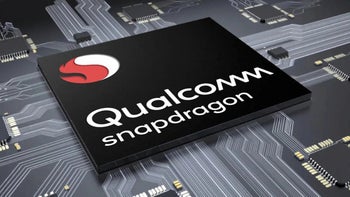R.I.P. Kirin chips: Huawei confirms Mate 40 will be the last phone with an in-house SoC

According to research firms Counterpoint, IDC, and Canalys, Huawei sold more smartphones than any other manufacturer in Q2 2020. Although this could partly be attributed to China's economic recovery, it was still no mean feat. The victory might be short-lived though, as darker days light ahead.
Google has already restricted Huawei from using its apps and services in line with the US government's orders. And if this was not enough, the US also now requires manufactures using American technology to seek explicit permission before selling semiconductors to Huawei. Taiwan Semiconductor Manufacturing Company (TSMC) has confirmed it's no longer taking new orders from Huawei. And this puts the future of Kirin chips in limbo.
Mate 40 to be powered by Kirin 1020
CEO of Huawei's Business Group Yu Chengdong has said that the production of Kirin chips will be halted after September 15, according to a Chinese outlet (translated).
Turns out, they were right, as Huawei has conceded defeat and said that Kirin chips just can't be manufactured any longer. Chengdong has termed this as a huge loss for the company, and understandably so.
TSMC will ship all previous orders of the Kirin 1020, the chip that will probably power the upcoming Mate 40, by September 14. This chip is apparently based on the 5nm process, the same manufacturing method using which the Qualcomm Snapdragon 875G will likely be made.
Mate 40 will be launched in September
Huawei has also confirmed that the Mate 40 will be its last phone to feature an in-house chip. Proprietary silicon has its own advantages, such as better integration and lower costs and this is undoubtedly a massive blow for the company. Previously, it was reported that because of an insufficient amount of the Kirin 1020 chips, Huawei might follow a dual-chip strategy, but a new leak indicates they are covered.
The handset will be announced in September and it will probably be released in the company's home country of China first, before making it to Europe.
Does this mark the end of Huawei's subsidiary HiSilicon?
HiSilicon became the first Chinese company to be included in the list of top ten semiconductor makers earlier this year, according to IC Insights. Now that the subsidiary will probably not be designing any more chips, it might shut down.
Qualcomm will apparently try to win Commerce Department’s Bureau of Industry and Security's approval to make chips for Huawei next year. Otherwise, its upcoming phone will supposedly be powered by MediaTek SoCs.
As for SMIC, it has manufactured the Kirin 710A. It's a 14nm chip, and needless to say, this process is quite old now. Thus, we wouldn't be surprised if Huawei reassesses its decisions.
Huawei has not given up on Harmony OS and has said this year's smartwatches will feature it. The Honor Vision smart TV already runs the OS and the company plans to migrate all its devices, including smartphones, to its own operating system in the future.













Things that are NOT allowed: